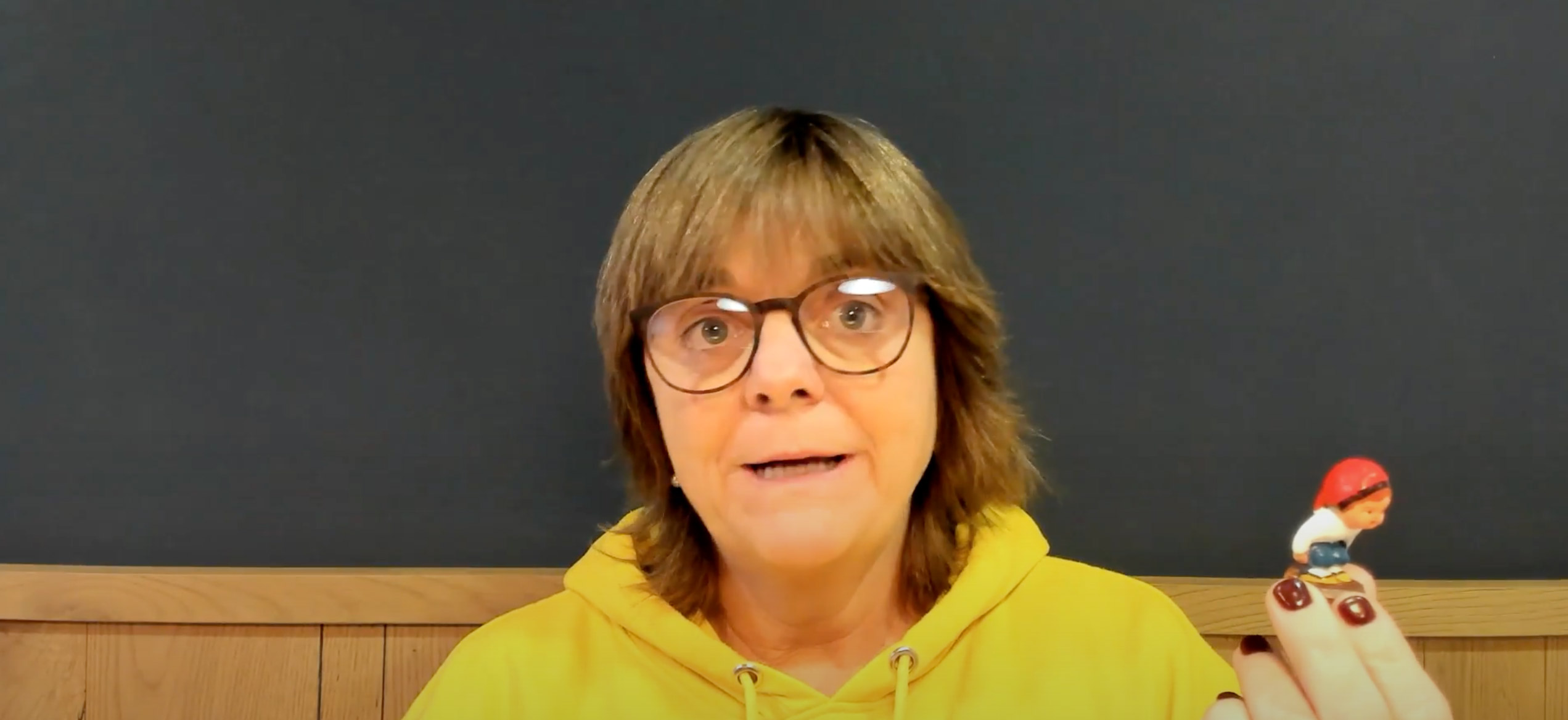

The ‘caganer’, a cult figure of the nativity scene
It is the star of the nativity scene, but we hide him well hidden, often behind the birth of Jesus. The ‘caganer’ is the nativity scene figure that best sums up this Catalan obsession with scatology. Agent Mònica Cornudella explains the history of this cult figure.
Versions have been made of all the famous Catalans and from all over the world, and some people collect them, but normally the ‘caganer’ wears a ‘barretina’ [a typical Catalan hat], a white shirt, dark trousers and a sash, usually representing a peasant or a shepherd. He is one of the most endearing figures in the nativity scene, and often acts, within the bucolic setting, a bit like Wally from the ‘Where’s Wally?’ books: everyone has fun looking where he must be hidden.
Historians explain that the figure of the ‘caganer’ appears in Catalan nativity scenes from the 17th century onwards. However, it did not become popular until the 19th century. The tradition of the ‘caganer’, despite the obvious scatology, is widely accepted by the Church. Although it is not known why the Catalans decided to place a figure shitting in the middle of the nativity scene, the collective imagination has agreed that he fertilises the earth for the whole year with his excrement. Whatever the origin of the ‘caganer’, it is worth knowing more curiosities about the figure in the video below.
If you liked this article, we recommend you read:
 Culture
CultureThe secrets hidden in the Santa Llúcia Fair
3 min readWe have to go back to 1736 for the first record of the existence...





👏
Bon detall cultural. Gràcies
Gràcies a tu, Pere
Molt interessant.
Gràcies, Joaquin! Bon Any!
Una tradició de les moltes que cal conèixer
Així és Alícia, una de les nostres tradicions al pessebre. Ens veiem a La Plaça.
👍
Gràcies, Manel!!!
Per mi, el caganer és un toc de realitat en el paisatge idealitzat del naixemet.
Jajaja, i també en la vida i la societat actual, i sobretot pels polítics, que són dignes de ben poca cosa… Moltes ganes pel teu comentari, Francesc!!!
Ok 👍
Gràcies, Josep!!!
Seguint amb les tradicions, molt bé!
Doncs sí, formen part de la nostra cultura. Moltes gràcies pel teu comentari, Mercè!!!
👌
Gràcies, Joan!!!